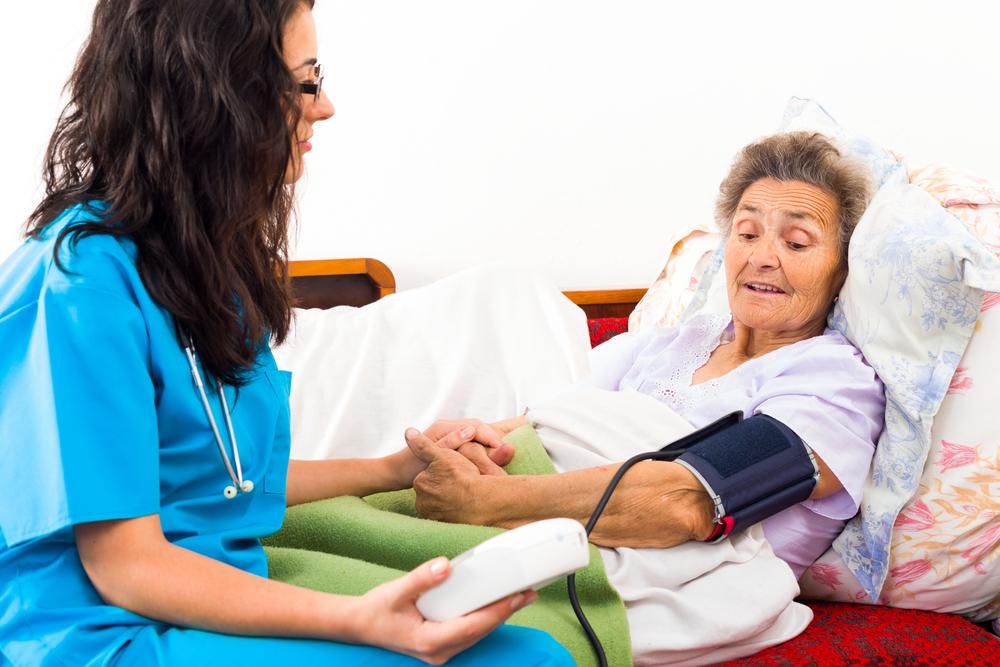
Treating Dyskinesia for Parkinson’s Disease Patients
Parkinson’s disease is itself a life-threatening and painful disease, if kept untreated. Tremors and stiff limbs are associated with this disease. But uncontrollable and involuntary movements like the swaying of head and fidgeting are some symptoms of a condition known as dyskinesia. However, dyskinesia is not actually a symptom of Parkinson’s disease, but rather a side effect associated with taking a commonly prescribed Parkinson’s drug, called Levodopa.
Patients taking levodopa for quite some time, or patients taking a high dose of the drug may experience uncomfortable tremors that may interrupt with daily life. Thankfully, there are ways to reduce dyskinesia, or the uncomfortable side effects of levodopa, including:
1. Changing your dosage
Talking to your doctor about changing the dosage of the drug can relieve many of the uncomfortable symptoms of dyskinesia. More than 600 mg per day can often trigger this uncontrollable side effect, while lowering the dose gradually can often ultimately reduce this problem.
2. Tweak your medication time
To control the Parkinson’s tremors, levodopa is often recommended to be taken in between meals. But some patients who are taking this medication for quite some time may feel that the effects of the medicine end after four hours. So in order to deliver a steady amount of the drug, your GP may split the dosage of the medicine into smaller but frequent dosages.
3. Take other medicines for Parkinson’s
Another way to reduce levodopa dosage and reduce dyskinesia is to take another medicine to treat Parkinson’s known as a dopamine agonist. The ways in which these medicines work differ slightly. For instance, levodopa gets converted into dopamine after reaching the brain; whereas the dopamine agonist mimics the actions of natural dopamine production.
4. Surgical treatment
Parkinson’s disease symptoms that are most severe and do not respond to medication often require surgical treatments, such as brain stimulation, to relieve the severity of symptoms. Brain stimulation involves attaching wires into parts of the brain that control movement. Electrical impulses are then delivered to those specific parts of the brain via thin wires. More than 80% of abnormal movements can be treated with this surgical procedure.
5. Managing stress
The severity of Parkinson’s symptoms often worsen under stress and anxiety. So it is of utmost importance to practice stress management effectively either via deep breathing or meditation. Music is also an excellent stress buster.
6. Adjusting diet
There is no specific diet for Parkinson’s disease, but there are certainly some changes that you can make to your diet to suffice to make life more comfortable. Levodopa is a protein-rich medicine, so if you consume foods rich in protein then the body cannot fully absorb the protein present in levodopa. This means a higher dose of medicine is needed to get the same effect if you are eating a lot of protein rich foods. So it’s wise to curb protein in your diet.
7. Exercising
Daily exercise helps in boost heart rate, thus slowing the progress of Parkinson’s disease. Swimming, cycling, and rowing are extremely beneficial and gentle forms of exercise to treat chronic pain.


